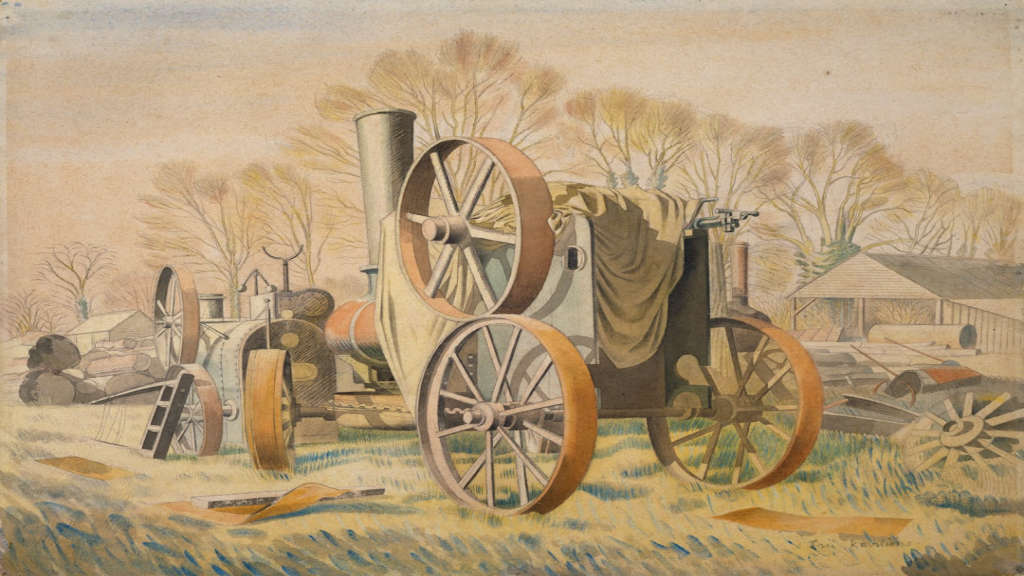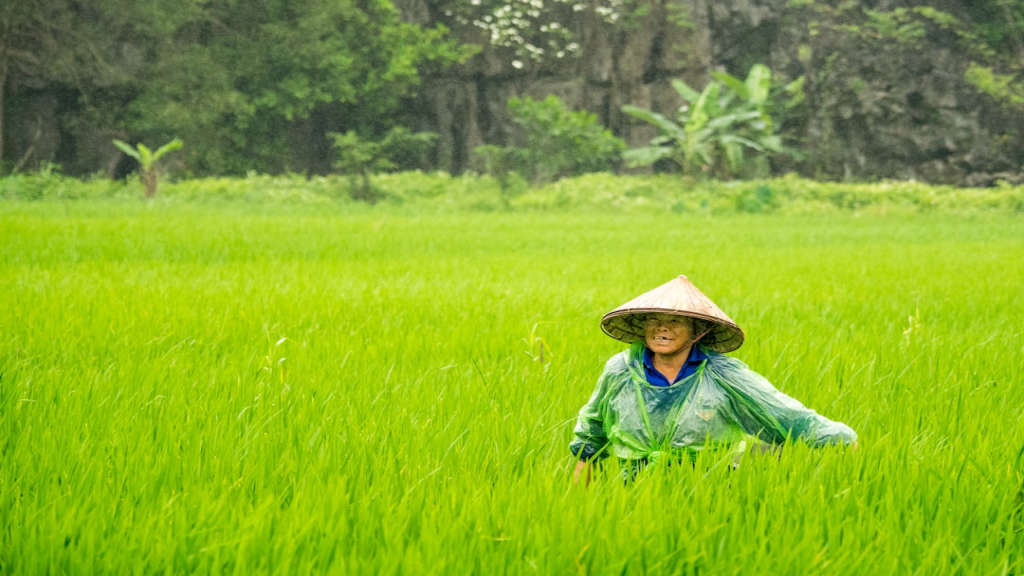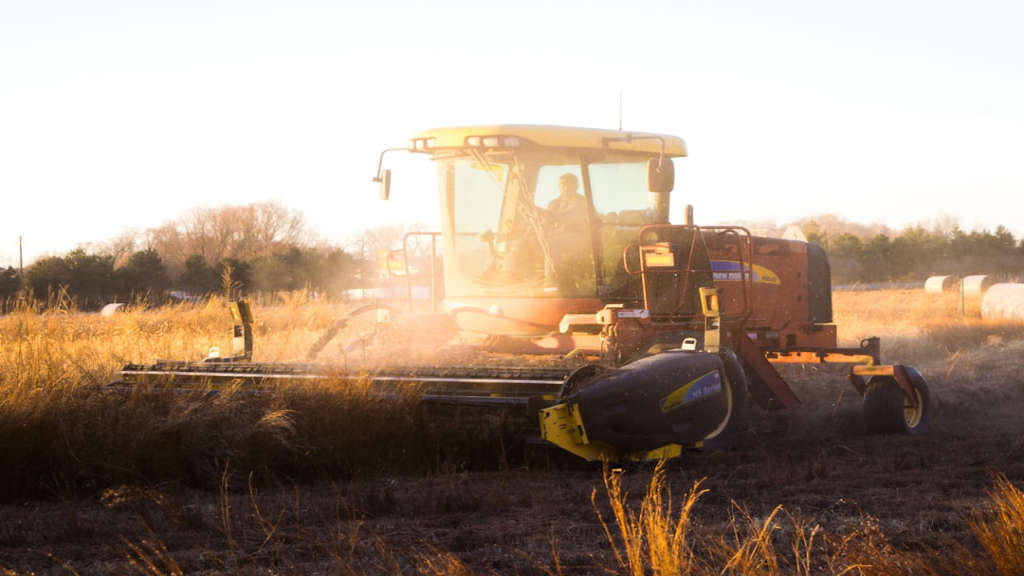Innovative practices in livestock farming are revolutionizing the way we think about agriculture. These advancements not only aim to enhance productivity but also focus on environmental sustainability. As we face mounting challenges like climate change and resource scarcity, it becomes essential to implement methods that protect our planet while meeting the growing demand for food. By embracing cutting-edge techniques, farmers are paving the way for a more resilient future for livestock farming and the broader agricultural landscape.
Main Points
- Adoption of precision agriculture in livestock farming.
- Integration of technology for enhanced animal health management.
- Utilization of sustainable feed sources.
- Implementation of rotational grazing to improve soil health.
- Promotion of carbon farming practices for environmental benefits.

Harnessing Technology: How Precision Farming is Revolutionizing Livestock Management
The integration of technology in agriculture has reached unprecedented heights, particularly in the domain of livestock management. Precision farming is not merely a buzzword; it represents a significant shift in how we approach agricultural practices. This method leverages advanced technologies to enhance productivity and sustainability in managing livestock operations.
The Role of Technology in Livestock Management
In essence, precision farming enables farmers to collect and analyze vast amounts of data. This not only allows for better decision-making but also fosters an environment where livestock can thrive in optimized conditions. With the help of cutting-edge tools, farmers can monitor animal health, manage feed efficiency, and track growth rates, leading to improved overall farm performance. Below are some critical facets of how technology is transforming livestock management:
- Data Analytics: Utilizing software platforms to analyze performance metrics helps farmers understand their livestock better. This data-driven approach can indicate trends and identify problems before they escalate.
- Health Monitoring: Wearable devices for livestock are a game-changer. They provide real-time health data, allowing for early detection of diseases. This proactive approach can lead to significant cost savings and healthier animals.
- Automated Feeding Systems: These systems ensure that livestock receive the correct portion of feed at designated times. Automation not only improves efficiency but also reduces human error.
The Impact on Farm Efficiency and Sustainability
Moreover, the implications of precision farming extend beyond individual farms. By optimizing feed efficiency and enhancing animal health, sustainable practices become more attainable. Farmers can reduce waste, decrease resource consumption, and lessen their environmental impact, all while maximizing productivity. However, this advancement doesn’t come without its challenges. The initial investment in technology may be daunting for many, and training staff to utilize these tools effectively can be a hurdle.
Nevertheless, as technology continues to evolve, the benefits become increasingly evident. Traditional methods, while tried and true, may not hold up in a world that demands greater productivity with fewer resources. Therefore, the question arises: how can livestock managers adapt and remain competitive in this changing landscape?
Future Prospects: Embracing Precision Farming
As precision farming gains traction, the future looks promising for livestock management. Farmers who embrace these technological advancements stand to gain substantial advantages in efficiency, sustainability, and profitability. While there may be resistance to change, those who leverage technology strategically will likely find themselves at the forefront of the agricultural industry.
In conclusion, the revolution brought on by precision farming is reshaping livestock management in ways we are only beginning to grasp. The integration of technology facilitates a deeper understanding of animal welfare, promotes sustainable practices, and drives overall efficiency. Thus, the future of livestock management hinges on how farmers harness these advancements to meet the challenges of tomorrow while remaining faithful to the traditions that have served them well.

Integrating Natural Resources: Sustainable Practices for Enhancing Animal Welfare and Farm Productivity
In today’s rapidly evolving agricultural landscape, the importance of sustainable practices cannot be overstated. Farmers are increasingly recognizing that the integration of natural resources is vital not only for the health of our planet but also for enhancing animal welfare and improving overall farm productivity. This intersection of ecological integrity and agricultural viability poses unique challenges and opportunities that merit close examination.
Understanding the Synergy Between Ecology and Agriculture
The relationship between farming and nature is complex. Often, practices that jeopardize environmental integrity can adversely affect farm productivity. For instance, excessive use of chemical fertilizers may result in short-term crop yields but subsequently degrade soil health, leading to diminished productivity over time. Understanding these dynamics is essential for cultivating a more sustainable approach.
Practical Approaches to Integrating Natural Resources
Farmers can implement a variety of practices to balance the needs of agriculture with the principles of sustainability. One effective method involves rotational grazing systems, where livestock are moved between pastures. This practice not only enhances the health of the animals by providing them with fresh forage but also allows pasture land to recover, preventing overgrazing. Interestingly, some studies suggest that this technique can even improve soil fertility and biodiversity.
Moreover, agroecological principles encourage the use of cover crops and reduced tillage. These techniques enrich the soil and help retain moisture, maximizing productivity. Yet, some farmers remain hesitant due to the initial effort required to transition from conventional methods. It is crucial to note that the long-term benefits often outweigh these initial challenges.
| Practice | Benefits |
|---|---|
| Rotational Grazing | Improves soil health, enhances animal welfare |
| Cover Cropping | Increases soil fertility, reduces erosion |
Challenges in Adoption
While the benefits of integrating natural resources are clear, the path to implementation is not without its hurdles. Farmers often face economic constraints that limit their ability to adopt new practices. Additionally, access to information and resources can vary greatly, leading to disparities in sustainable practice adoption among different farming communities. Despite these barriers, the overarching potential for enhancing both animal welfare and farm productivity is significant.
A Vision for the Future
Embracing sustainable practices through the integration of natural resources is not merely an environmental initiative; it is an ethical imperative. It promotes a symbiotic relationship between farming and nature, ensuring that future generations inherit a viable agricultural landscape. The commitment to enhancing animal welfare and improving farm productivity can serve as a model for responsible stewardship of our natural resources. This approach offers a path forward—one that is both productive and sustainable.
In conclusion, integrating natural resources within agricultural systems is essential for fostering a healthy environment while simultaneously bolstering farm productivity and animal welfare. As we move forward, the challenge lies not just in understanding these principles, but in effectively implementing them across diverse agricultural landscapes. Through vigilance and innovative practices, a sustainable future is within reach.

Conclusion
In conclusion, livestock farming plays a crucial role in our food systems and rural economies. It sustains livelihoods and contributes significantly to local cultures. However, we must also recognize the challenges it faces, such as environmental concerns and changes in consumer preferences. By adopting more sustainable practices and embracing innovation, we can ensure that this vital sector continues to thrive. Balancing the needs of production with the health of our planet remains a pressing task. Ultimately, fostering a responsible approach will not only benefit farmers but also enhance the wellbeing of communities worldwide.
Frequently Asked Questions
What are the main types of livestock farming?
The main types of livestock farming include cattle farming, sheep farming, poultry farming, pig farming, and goat farming.
What are the benefits of livestock farming?
Livestock farming provides several benefits, including a source of income, food production (meat, milk, eggs), and the use of animal by-products (like leather and wool). It also plays a role in land management and soil fertility.
How can I start my own livestock farm?
To start your own livestock farm, begin by researching the type of livestock you want to raise, create a business plan, secure the necessary funding, find suitable land, acquire livestock, and ensure you have the required permits and knowledge for care and management.